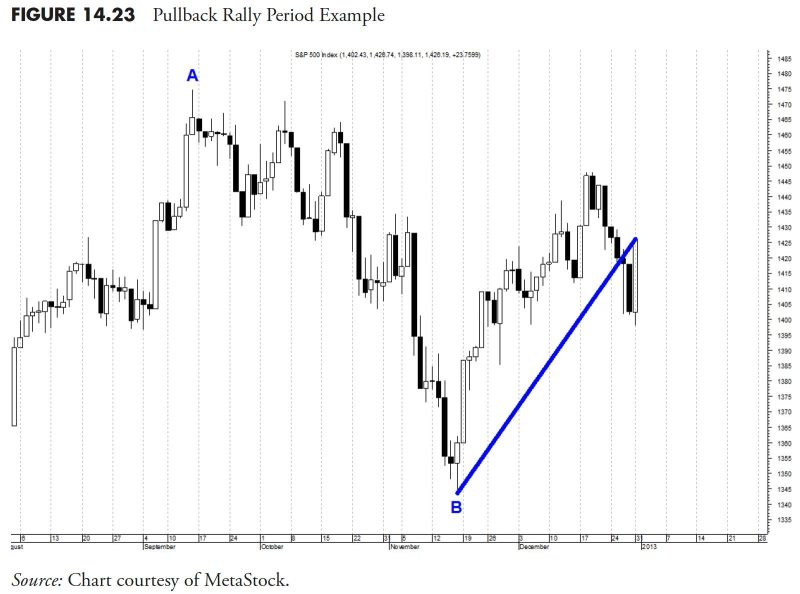In the world of money management, security selection rules and guidelines play a pivotal role in shaping investment strategies and achieving financial objectives. By carefully adhering to these rules, investors can mitigate risks, optimize returns, and make well-informed decisions in the ever-evolving landscape of the financial markets.
One of the fundamental aspects of security selection rules is conducting thorough research and analysis before choosing specific securities for investment. This process involves evaluating the company’s financial health, performance metrics, industry trends, and competitive positioning. By delving deep into these factors, investors can gain valuable insights into the underlying strengths and weaknesses of a security, empowering them to make informed decisions that align with their investment objectives.
Furthermore, diversification is a key principle in security selection rules that aims to reduce portfolio risk and enhance return potential. By spreading investments across different securities, asset classes, and sectors, investors can minimize concentration risk and guard against unexpected market fluctuations. This strategic approach not only provides a safety net but also opens up opportunities for capturing gains in various market conditions.
In addition to diversification, security selection rules emphasize the importance of setting clear guidelines for entry and exit points in investments. By establishing criteria for when to buy or sell a security, investors can make decisions based on rationale rather than emotions. This disciplined approach helps in minimizing impulsive actions, avoiding knee-jerk reactions to market volatility, and staying focused on long-term investment goals.
Another crucial aspect of security selection rules is conducting periodic reviews and adjustments to the investment portfolio. Markets are dynamic, and economic conditions are subject to change. Therefore, staying abreast of market developments, re-evaluating investment thesis, and adjusting portfolio allocations accordingly are essential to maintaining a robust and resilient investment strategy.
Moreover, considerations such as risk tolerance, time horizon, and investment objectives should guide security selection rules. Different investors have varying risk profiles and financial goals, and tailoring security selection to individual preferences can lead to more personalized and successful investment outcomes.
Ultimately, adhering to security selection rules and guidelines is crucial for effective money management and long-term wealth creation. By conducting thorough research, practicing diversification, setting clear entry and exit points, and periodically reviewing portfolio allocations, investors can build a sturdy investment framework that withstands market challenges and capitalizes on opportunities. In a volatile and uncertain financial landscape, following these rules can provide a sense of direction, discipline, and strategic advantage in navigating the complexities of the investment world.

